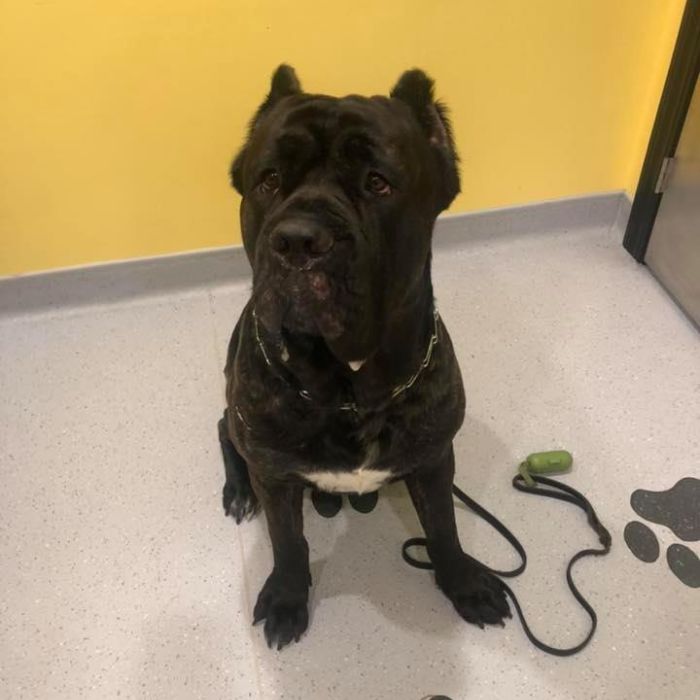Pet Ultrasound
A quick and painless approach to seeing inside your pet is through ultrasound.
Ultrasound For Pet Diagnostics
Ultrasound forms an important diagnostic tool for all types of medical care, including that which your veterinarian provides for your pet.
Ultrasound technology enables your veterinarian to see exactly what is happening inside your pet’s body in terms of her body structures. It works by directing a narrow beam of high-frequency sound waves into the part of the body that your vet wishes to see. These bounce around and reflect off of her internal structures, and this is converted into a visible 2-dimensional image that your vet can then assess as part of the diagnostic process.
Uses of Ultrasound in Pet Care
Ultrasound has many different uses in the field of veterinary medicine. However, it is best suited for tissues or organs that contain fluids, such as the gallbladder, kidneys, liver, pancreas, urinary bladder, adrenal glands, and spleen. It can also be used to look at the heart and heart valves. Some of the most common conditions that are identified using ultrasound technology include:
- Pancreatitis
- Kidney and liver damage
- Gallbladder infection
- Inflamed prostate glands
- Infected uterus
- Cancer of key organs, including the spleen and liver
- Lymphoma and other intestinal cancers
- Pregnancy
In addition, ultrasound-guided biopsies are now being used as a minimally-invasive technique to get accurate samples of diseases organs. In doing so, your veterinarian can accurately avoid important blood vessels and other fragile structures in your pet’s body.
Preparing Your Pet for Ultrasound
If your pet has never had an ultrasound before, it can be helpful to know what will happen to her directly ahead of the appointment.
Anesthesia is rarely needed for ultrasound examinations since they are non-invasive and will not cause your pet any pain. However, if your furbaby is particularly anxious about undergoing any veterinary procedure, your vet may recommend a mild to moderate sedative is used. Nevertheless, it will almost certainly be necessary to shave any fur your pet has in the area that is to be assessed, as the ultrasound probe needs to make direct contact with the skin for it to be effective.
The actual ultrasound process is identical to what we experience if we have an ultrasound and usually takes under half an hour. It can be much quicker depending on what your veterinarian needs to assess. Once they are ready, your pet’s skin will be cleaned, and a special gel will be applied to the probe and the area to be assessed. This gel helps conduct the sound waves and obtain the clearest possible image. If required, your vet will be able to take still photographs of the area before concluding by wiping the gel from your pet. If they had sedation, you would need to wait for this to wear off so that your vet can check that there have been no lasting effects.
The Results From Your Pet’s Ultrasound
In some cases, your vet may be able to give you a clear indication of the results of your pet’s ultrasound at the appointment itself. In other instances, it may be necessary for your vet to take these away and compare them to other types of diagnostic tests, past or present, in order to make an accurate diagnosis. Your vet will be able to tell you what to expect from your pet.
A pet ultrasound is a useful diagnostic tool and nothing to be concerned about. If you have any further questions about the ultrasound process, please do not hesitate to contact our veterinary team here at our offices in Noblesville, IN.
Ultrasound can be booked but performed by an outside party.
Veterinary Services
Below are all of the veterinary services we offer at Noble West Animal Hospital. If you have any questions regarding our services, please feel free to call us.

